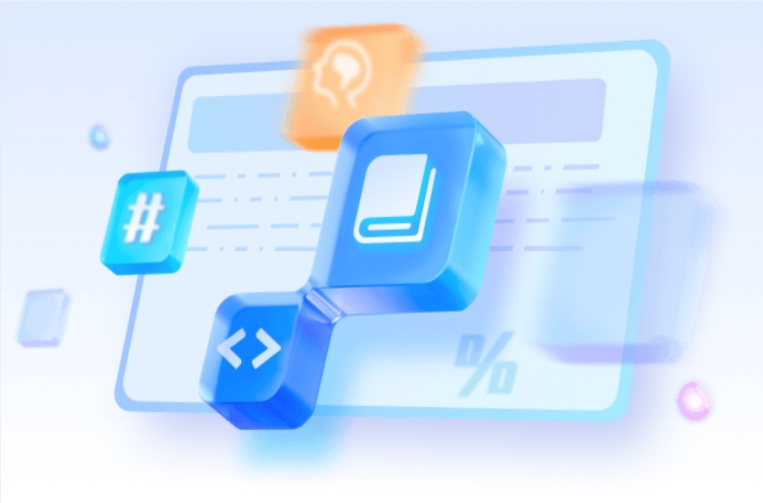OpenAI recently released its latest reasoning models, o3 and o4-mini, marking a significant breakthrough in the field of artificial intelligence. These models not only surpass previous versions in reasoning capabilities but also achieve image reasoning for the first time, integrating visual information directly into their thinking process. o3 is hailed as a "genius-level" model, particularly excelling in tasks such as programming and mathematics, achieving an accuracy rate of 87.5%.

The newly released o3 and o4-mini models excel in multimodal processing, possessing functionalities like image processing, web search, and code execution. Developers can easily access these models via API, utilizing more powerful tools and features. For example, o3 can not only perform complex reasoning but also supports image cropping and rotation, providing users with a more flexible experience.
In terms of cost, o4-mini offers significantly improved cost-effectiveness, with an input cost as low as $1.1 per million tokens. This optimization enables more businesses and developers to enjoy efficient AI services at a lower cost, further promoting the popularization and application of AI technology.

OpenAI has also enhanced the security of these models, adding various biothreat data to ensure the risk level remains within safe thresholds. Furthermore, o3 and o4-mini have memory functions, enabling them to provide personalized responses based on user interests, significantly improving user experience.
OpenAI's o3 and o4-mini models not only demonstrate strong potential in reasoning capabilities and tool usage but also lay the foundation for the future release of GPT-5. With the launch of these two models, artificial intelligence will further develop towards greater intelligence and practicality, bringing new opportunities to various industries.








